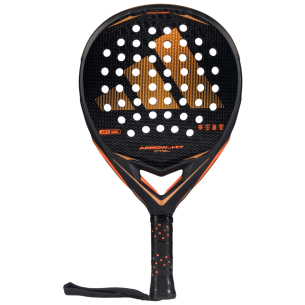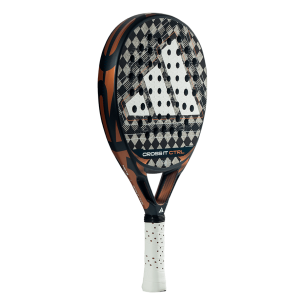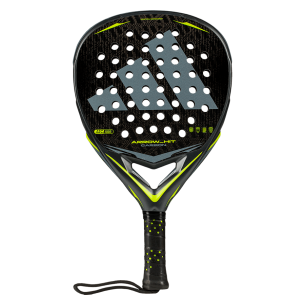
Variations of the smash
Here at All for Padel we want to help you on your padel journey. As well as being able to buy the very latest padel rackets and bags to accompany you on court, we also like to lean on some expert coaches to give advice on how you can improve your games. Today, we are going to talk about the smash, its different variations and uses.
This shot that any padel player dreams of mastering, and being the shot with which we want to win the most points, can actually be the complete opposite and become the one that makes us lose the most points.
To be considered a player who has mastered the smash, it should be assessed on the effectiveness of the shot rather than how many times it is used. For example, it is probably better to not try a smash at all than give it 20 attempts, win 8 shots, lose 6, and give away 6 other easy returns.
Having this more or less clear, we are going to give some technical advice on the smash to make this shot give us a better result every time we step on the padel court.
It is an attacking stroke, and being more exact we should qualify it as a defining stroke.
It is necessary to distinguish between three variants of the smash, which are the power smash (or parallel), the X3 smash and the X4 smash, because although they all have a similar technical base, they have certain particularities.
Power (or parallel) smash/h4>
The objective is to get the ball back to the other side of the net making it impossible for the opponent to touch it. That is why it is done in parallel, because it is the shortest route.
We must make a good adjustment of feet to leave the ball slightly in front of the head and then place ourselves sideways and with our legs slightly bent.
The arm is placed, with the racket, behind the head, while the non-dominant arm will be extended upwards to balance us, and the weight of the body will fall on the most backward leg.
The impact with the ball will be at the highest point and slightly in front of the head, the dominant arm must be in full extension, the weight of the body is transferred to the most forward foot while we rotate until we are almost in front.
The success of the shot goes through this point, in which we must work an explosive movement of the hand (wrist) just at the moment of impact with the ball, thus generating a greater acceleration.
The termination of the stroke will be passing the racket on the side of the body opposite to the dominant arm and balancing to continue playing.
The X3 smash
The objective is to get the ball out of the court from the side. It is a type of shot with a greater technical load than strength, although ideally it would be possible to combine both to obtain a better result and to be able to put it into practice from more backward positions of the court.
Starting from the analysis of the power backswing, we will point out the particularities it presents.
It is advisable to use a backhand grip to give more spin to the ball. As we execute this shot from further back, we should slightly delay the point of impact.
The X4 smash
The objective is to get the ball to the back of the opponent's side. This shot is executed from a position close to the net, since we must "hit" the ball against the ground.
The most important thing in this type of shot will be to make an explosive movement of the hand, controlling the shoulder joint and hitting the ball on the top.
The backswing is progressive and gives us better results. Assess your options before playing this shot and decide when and from where to finish off, as once this decision is taken, you’ll likely end the point.











